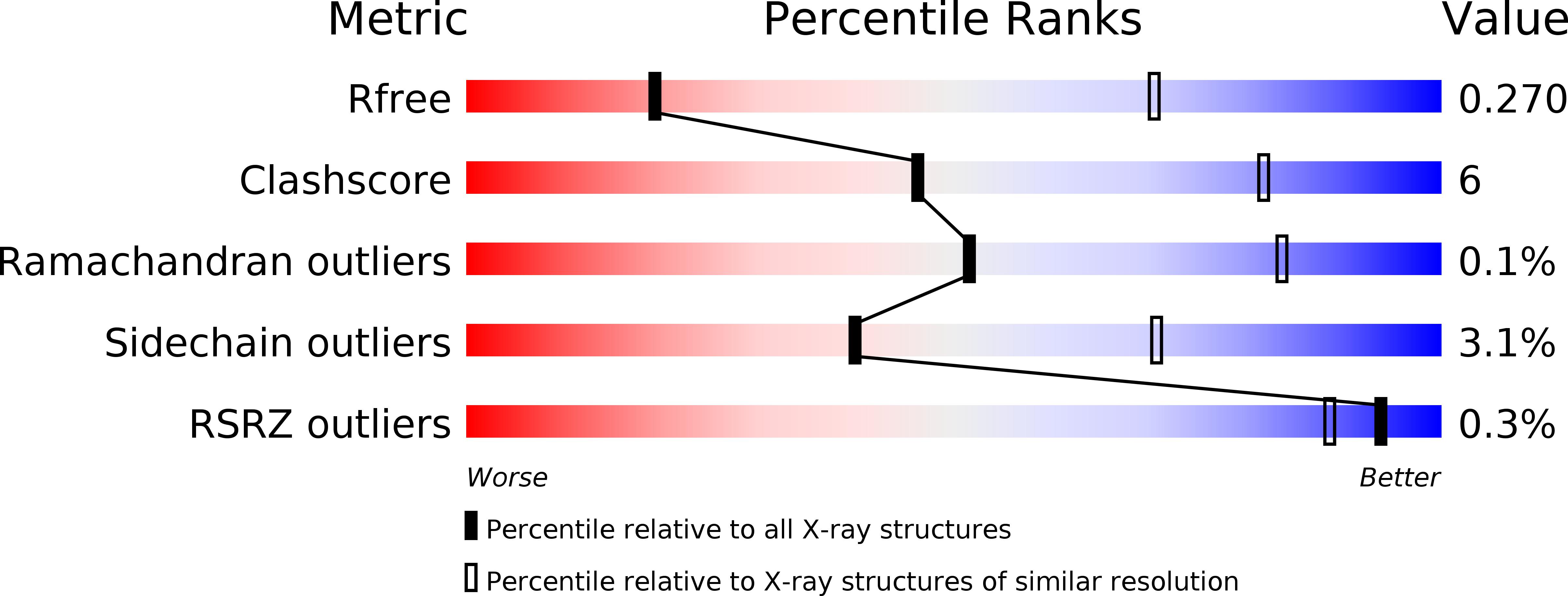
Deposition Date
2016-06-03
Release Date
2016-08-31
Last Version Date
2024-01-10
Method Details:
Experimental Method:
Resolution:
3.60 Å
R-Value Free:
0.26
R-Value Work:
0.26
R-Value Observed:
0.26
Space Group:
H 3


